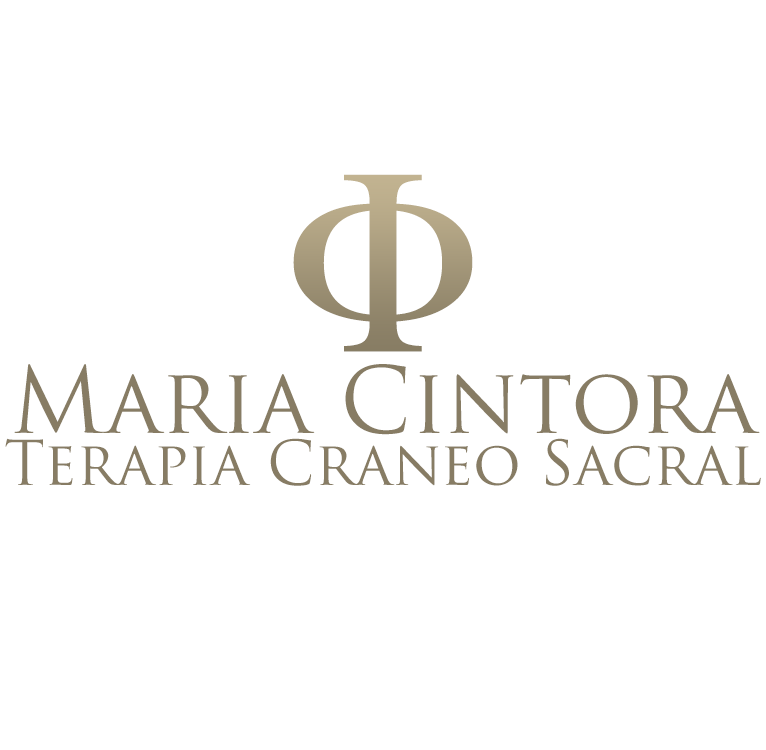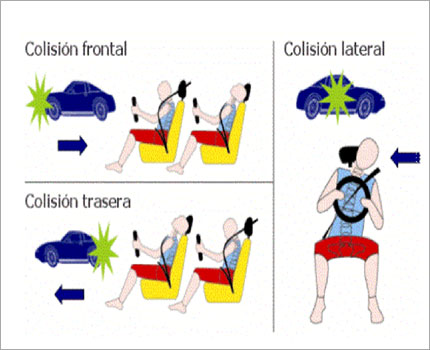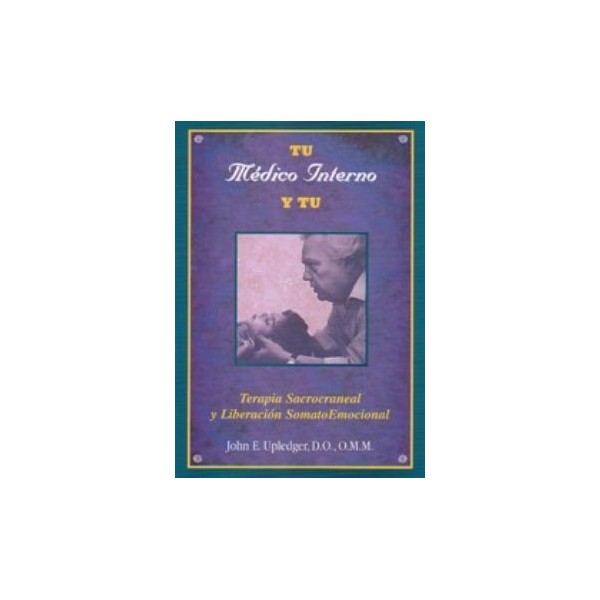
[:es]

¿qué es la Cefalea tensional?
Existen diversos tipos de dolor de cabeza, pero el más común entre las personas, es la cefalea tensional. Puede ocurrir a cualquier edad, pero es más frecuente en adultos y adolescentes.
La cefalea tensional se produce generalmente por la contracción de los músculos de la cintura escapular, la parte posterior del cuello y el cuero cabelludo, dando como resultado, molestias en diferentes partes de la cabeza. Aquellas personas que lo sufren, lo describen como una banda que les aprieta la cabeza, los ojos o los senos nasales; la molestia puede ser fija o móvil. Hay personas que tratan de paliar su dolor masajeando la zona afectada, y otras tras tomar analgésicos frecuentemente pueden presentar efectos rebote.
¿Cómo puede ayudar la Terapia Craneo-Sacral (TCS) en los síntomas de cefalea tensional?
Como el paciente acude a la consulta en un estado general alterado, es importante reducir las pulsaciones de ciclo por minuto de líquido cerebro-espinal, esto ayudará a normalizar el Sistema Nervioso (SN), la persona empezará a relajarse y se observará una mayor amplitud al respirar. Haciendo contactos muy suaves sobre el tejido miofascial de la cintura escapular, contribuiremos a que la región suboccipital se libere con mayor facilidad. Posteriormente revisaremos el estado de la bóveda craneal, el macizo de la cara y liberaremos las suturas para que la presión intracraneal sea la correcta.
Recordemos que los huesos del cráneo están dotados de movilidad gracias a los medios de unión llamados suturas, pero a finales del . s.XIX, principios del XX, se pensaba que los huesos del cráneo quedaban osificados en edad adulta, y que el cráneo carecía de movimiento alguno.
Posteriormente numerosas investigaciones han demostrado que precisamente esa falta de movilidad, contribuye a un sinfín de alteraciones en el organismo humano.
Cabe aclarar que las cefaleas tensionales y otras afecciones, pueden ser agravadas o causadas por la ingesta de azúcar blanco, cafeína, drogas, metales pesados u otras sustancias tóxicas presentes en la industria alimentaria y del medio ambiente, vacunas, intolerancia a ciertos alimentos y radiaciones.[:ca]

¿qué es la Cefalea tensional?
There are several kinds of headache, but one of the most common types is Tension Cephalgia this can happen at any age, but it’s more common in teenagers and adults.
Tension cephalgia is generally produced by the contraction of the muscles in the shoulder girdle, the back of the neck and the scalp, resulting in pain in different areas of the head. Those who suffer from it describe it as a band around the head that squeezes their head, eyes or sinuses. This pain can be fixed or move around. Some people try to lessen the pain by massaging the affected area. Others take painkillers, but experience a rebound effect if they take them too frequently.
How can Craniosacral Therapy (CST) help with the symptoms of tension cephalgia ?
Since the patient comes to the surgery with an altered general state, it’s important to try and reduce the cycle-per-minute pulsations of their cerebrospinal fluid. This will help to normalise their Nervous System (NS). The person will begin to relax and their breathing will become visibly deeper and slower. Through very gentle contact on the myofascial tissue of the shoulder girdle, we can contribute to an easier release of tension in the sub-occipital area. Later, we will review the state of the cranial cavity, the facial complex and we will release the sutures so as to get the right intracraneal pressure.
We must keep in mind that the cranium bones are mobile thanks to their joints, called sutures, but in the late 19th century/early 20th century, it was believed that the skull bones became ossified upon reaching adulthood, therefore the skull bones did not move at all.
Since then, there has been a lot of research on the subject, and it has been proven that this lack of mobility is related to a number of problems in the human body.[:en]

¿qué es la Cefalea tensional?
There are several kinds of headache, but one of the most common types is tension cephalgia. This can happen at any age, but it’s more common in teenagers and adults.
Tension cephalgia is generally produced by the contraction of the muscles in the shoulder girdle, the back of the neck and the scalp, resulting in pain in different areas of the head. Those who suffer from it describe it as a band around the head that squeezes their head, eyes or sinuses. This pain can be fixed or move around. Some people try to lessen the pain by massaging the affected area. Others take painkillers, but experience a rebound effect if they take them too frequently.
How can Craniosacral Therapy (CST) help with the symptoms of tension cephalgia ?
Since the patient comes to the surgery with an altered general state, it’s important to try and reduce the cycle-per-minute pulsations of their cerebrospinal fluid. This will help to normalise their Nervous System (NS). The person will begin to relax and their breathing will become visibly deeper and slower. Through very gentle contact on the myofascial tissue of the shoulder girdle, we can contribute to an easier release of tension in the sub-occipital area. Later, we will review the state of the cranial cavity, the facial complex and we will release the sutures so as to get the right intracraneal pressure.
We must keep in mind that the cranium bones are mobile thanks to their joints, called sutures, but in the late 19th century/early 20th century, it was believed that the skull bones became ossified upon reaching adulthood, therefore the skull bones did not move at all.
Since then, there has been a lot of research on the subject, and it has been proven that this lack of mobility is related to a number of problems in the human body.[:]




